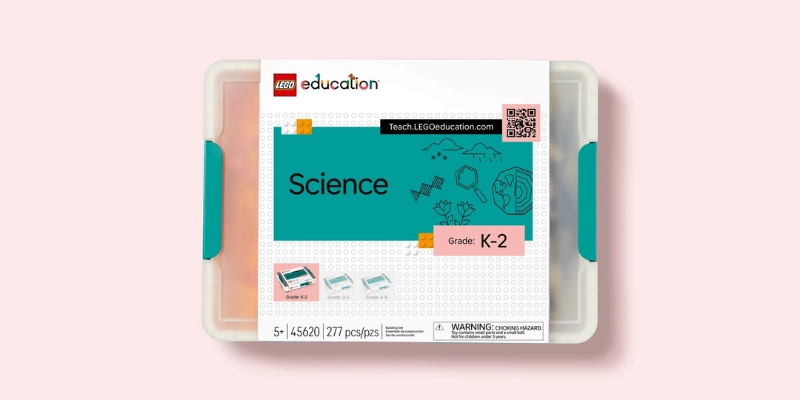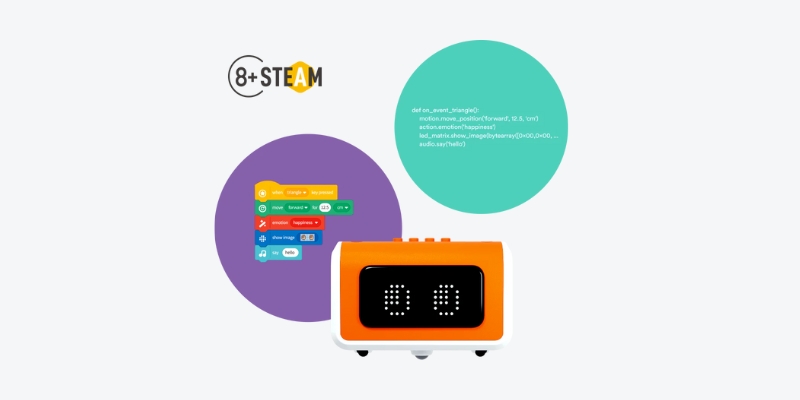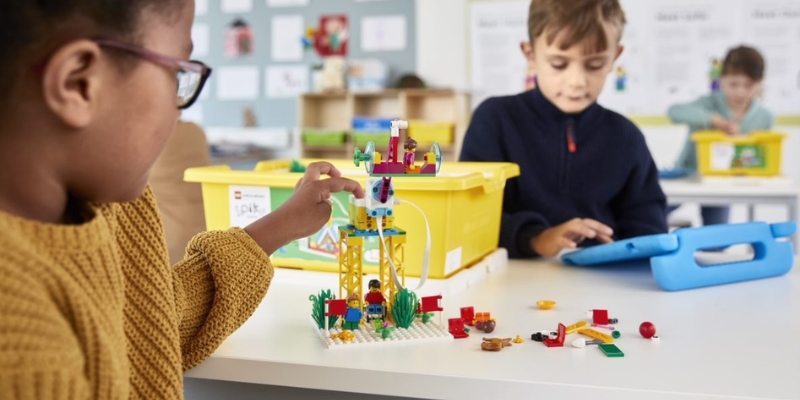
Ignite Early Learners with the LEGO® Education Science Kit (K-2)
Discover a powerful tool to bring science to life in kindergarten through second grade: the LEGO® Education Science Kit K‑2. Designed for hands-on, inquiry-rich learning, this kit empowers groups of up to four students to explore concepts with real bricks and motors—freeing teachers from endless prep and fueling those “aha!” moments.
What Is the LEGO® Education Science Kit K‑2?
Launching via pre‑order now and shipping August 2025, the 45620 kit includes everything a small team of K‑2 students’ needs for rich explorations: 277 (or 278 per some listings) durable LEGO® bricks, one double motor, a USB charging cable, three structured build tutorials, and a sturdy stackable storage box (16.8″ × 4.1″ × 12.1″)
Available singly at US $329.95 or bundled (for 24 students/6 kits with extra bricks and a multi‑charger) for US $1,999, it offers cost‑effective scalability.
Standards-Aligned, Teacher-Ready Lessons
The kit unlocks 40 engaging science lessons—pulled from LEGO’s suite of 120+ K‑8 modules—fully aligned with NGSS and local standards. Delivered via a no‑cost Teacher Portal, these include:
- Student‑facing slide decks guided by the 5E instructional model
- Teacher facilitation notes and timers for seamless pacing
- Getting‑started tips, state‑standard mapping documents, and assessments
Educators can launch lessons instantly—no prep time, no need to hunt for materials or draft student slides.
Tested and Approved in Classrooms
Developed with input from over 200 educators and vetted by 3,000+ students across 100+ classrooms, early testing highlights boosted engagement, collaboration, and science understanding.
“The tactile nature of working with LEGO® bricks helps solidify their understanding by connecting abstract concepts to tangible outcomes… Their collaboration and joy were truly a highlight of the day.”
Jill Snodgrass, 4th‑grade teacher in Florida.
What’s Inside, and How It Works
Each kit includes:
- 277–278 high-quality LEGO® bricks—designed for durability and repeated student use
- 1 double motor (rechargeable via USB) to introduce motion concepts
- 3 building instructions to scaffold creativity and exploration
- Durable, stackable storage to easily store and organize kits
Groups of four students construct models, test out science principles (like motion, energy, biomimicry), reflect, and iterate—boosting both curriculum learning and vital soft skills.
Practical Tips for Maximum Impact
- Start with the Teacher Portal – Explore the 5E lesson flow and facilitation guides.
- Rotate Roles in Groups – Encourage leadership, building, timing, reflection roles.
- Connect Across Subjects – Have students write or graph results to integrate literacy and math.
- Encourage Extensions – Prompt learners to design their own experiments after guided lessons.
Launching Curiosity and Confidence
The LEGO® Education Science Kit K‑2 transforms your classroom into a dynamic science lab, where creativity, inquiry, and teamwork thrive. Students refine critical thinking by building models, observing phenomena, and evaluating outcomes—all through the fun of play.
Teachers gain a streamlined, high-quality curriculum that saves time while boosting student engagement. As learners explore rotating motors, ecosystems, or earth forces, they form the scientific mindset that guides lifelong learning.
Ready to Transform Your K‑2 Classroom?
Pre-order today—kits start shipping in August 2025. Bring the joy of discovery to your students and elevate your early science curriculum with a tool designed to inspire both curiosity and confidence—one brick at a time.
The LEGO® Education Science Kit K‑2 is precisely aligned with LEGO® Education branding and specification, with all details verified against official information.










Recent Comments